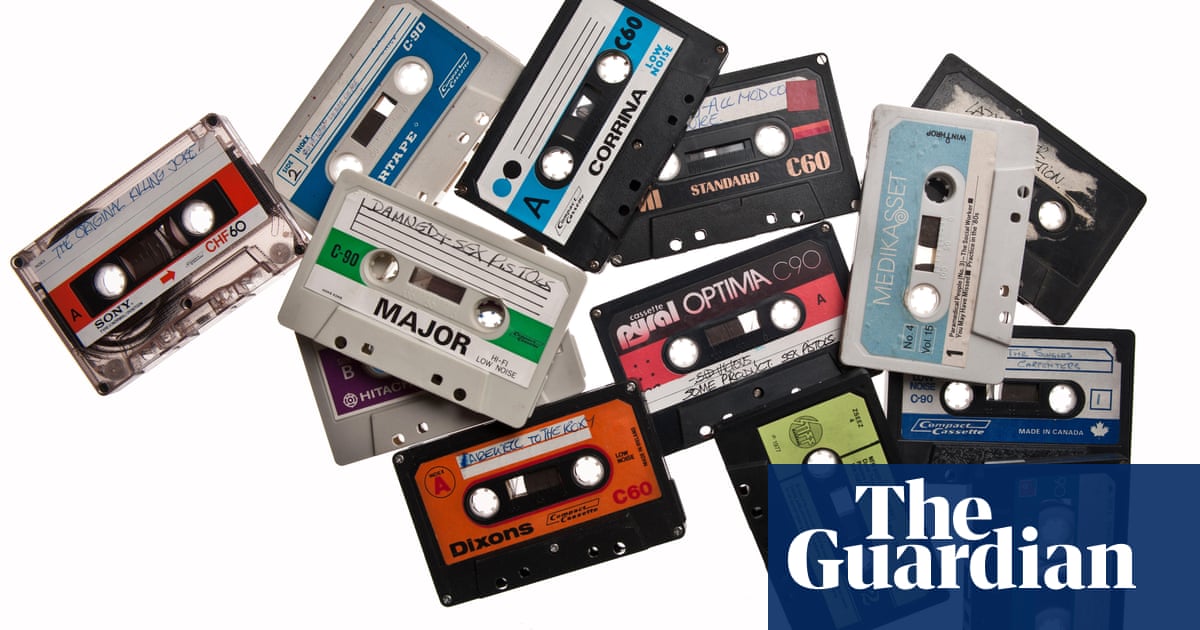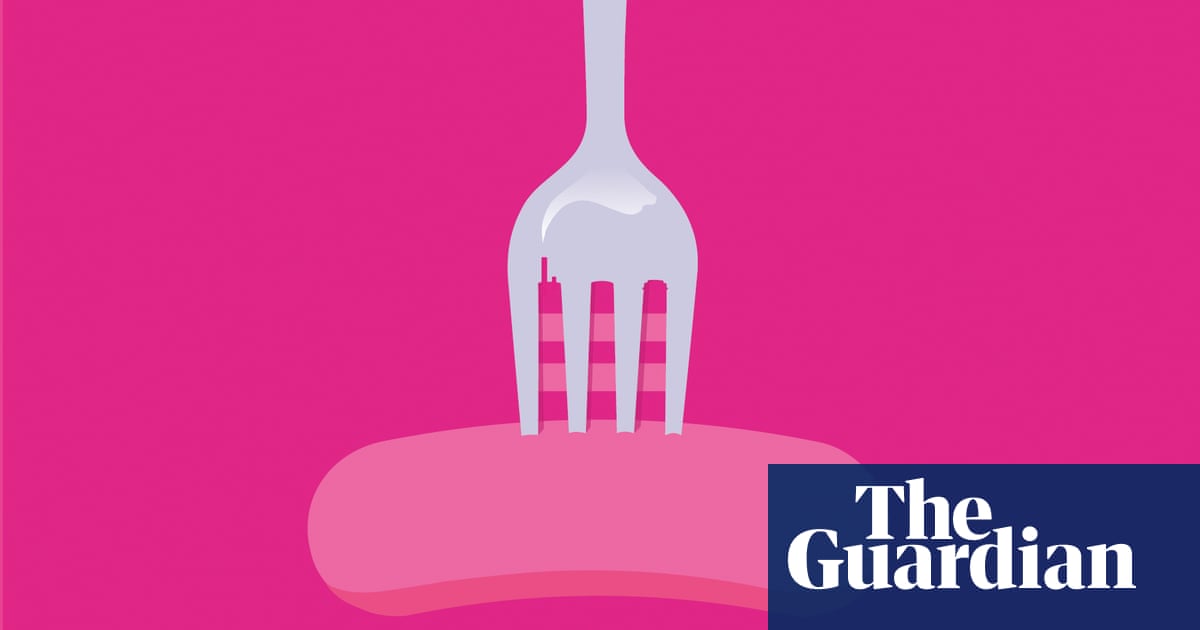
You’re in the mood for music. You reach for your phone and scroll through the titles in your library, or maybe you select a vinyl album from your shelves. At this moment, do you ever think about what, exactly, you are doing? What do you hope will happen over the next few minutes as the record plays? What do you want?
The music we love is functional. In order to survive in the vast entertainment marketplace, a record – that is to say, any recorded music – must serve a need. Choosing one for enjoyment is not unlike choosing a meal from a menu or a shirt from a rack. When an item, a person, a social situation, or even an idea works out well for us, we’re apt to repeat it. Thus our tastes in the things we consume come to be the way they are through a combination of genetics, biology, and happenstance. The biologist D’Arcy Thompson summed it up when he wrote: “Everything is the way it is because it got that way.”
Your music-loving brain is shaped by the sounds of your environment. As infants we begin categorising pitch changes based on the way caregivers use their voices to calm, engage, warn or reprimand us. This gives us an ear and, eventually, a preference for melody. In childhood we learn implicitly how music represents our culture. Children tend to dislike unfamiliar music because they are just beginning to link it to a sense of social belonging. Adolescence is when our musical flag flies the highest. Self-identity may be the single most important issue that most of us wrestle with in our teens. Publicly associating ourselves with a musical artist or style lets us cling to a cultural life buoy while we figure out the best way to represent ourselves to the world.
For the vast majority of us, music was playing throughout our youth – sometimes in settings where music listening was the prime objective, such as at concerts, other times just hovering in the background. Occasionally these records happened to play while our minds and bodies experienced pleasant feelings: attraction, pride, amusement or a warm sense of communal belonging. The pattern of activity in your brain caused by a record playing at a happy moment could become, on a subliminal level, associated with the presence of feel-good neurotransmitters drifting through your veins. By hitching its wagon to the star of good feelings, a record can get an unconscious boost, nudging it higher in your estimation.
Some early musical encounters may have been more focused. Music may have given you the words to make sense of a bad day at school, or equipped you with the right attitude to face the day ahead. We bond with those who comfort us when we’re hurting. Using music to facilitate healing can create a lifelong connection between the artist and the listener.
For more than two decades I worked as a record producer and recording engineer, helping musicians bring their creative ideas into a physical form. I worked with a variety of artists from the very famous (Prince, the Jacksons, David Byrne) to the less well known but highly talented (Geggy Tah, Nil Lara, Jeff Black). Some of my happiest times were spent in the late, quiet hours when all of the work was done. Making records is hard work, yet we were often too tired and wired to call it a night. Musicians and crew would wind the day down in conversation and, most often, the topic would turn to music. Mind-blowing concerts, virtuoso performers, ingenious records and innovative sound designs were mentally sketched for each other. In these moments we stopped being record makers and became who we were when we began our careers: music listeners.
Being with musicians, sharing thoughts on how music functions and how it fulfils our needs, gave me confidence in my own undeveloped musicianship. Despite being untrained in any musical skill, I could always hold my own in conversations about how music worked. Records are made in the real world, but they function in the mental world of the listener. By being in touch with my own “listener profile”– the melodies, rhythms, lyrics, sounds, performances and musical styles that resonated the most strongly with me – I developed an ear that I could use in collaboration with those who wrote, played and sang.
During those late-night hangs, filling each other’s heads with visions of sessions and concerts, it didn’t matter what genre of music we liked. The running theme in these conversations was musical love.
Yet our record-making labours were conducted in the shadow of that love, not in its warmth. Will listeners “get” this cryptic lyric? Is this the right harmony for the subtext we want? What will make someone turn up the volume when this groove plays? The infinite variety of listener profiles ensures that no one will ever make a record that pleases every listener, any more than a chef will create a dish that everyone will eat. There are too many variables to be able to predict with absolute certainty that the majority of listeners will connect with a given record. Even the most accomplished musical minds can flounder at this task. Two of Prince’s biggest selling songs are Nothing Compares 2 U, which was sung by Sinéad O’Connor, and Kiss, which he initially gave to another band. At the time we recorded them Prince hadn’t realised that they could be hits.
We can’t always explain our musical taste to others. Some listeners are boastful while others are bashful when describing the music they reach for the most. Neither of these feelings is justified. As with our romantic partners, no one’s musical loves are perfect. The only thing that matters is that a record is perfect for you.
Susan Rogers is an audio engineer, professor and author of This Is What It Sounds Like (Bodley Head).
Further reading
How Music Works by David Byrne (Canongate, £17.99)
The Sound of Being Human: How Music Shapes Our Lives by Jude Rogers (White Rabbit, £16.99)
This Is Your Brain on Music: The Science of a Human Obsession by Daniel J Levitin (Penguin, £9.99)












